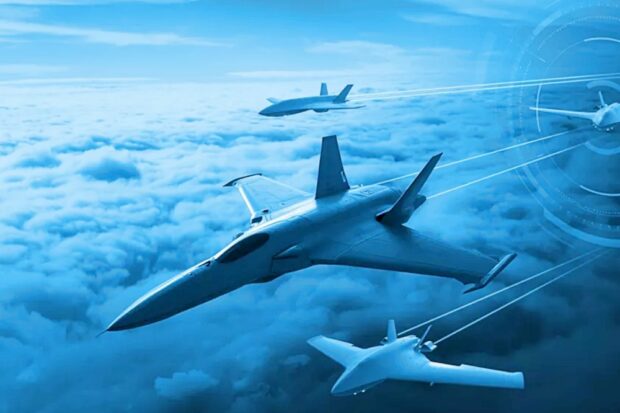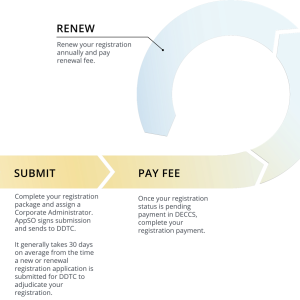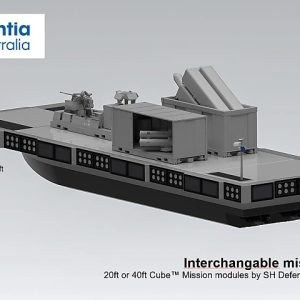Why now: closing a small‑thrust gap
CCA needs engines below the 2,000 lbf bracket that still deliver agility and reach. Many programs wait for the right propulsion at the right price. The Honeywell HON1600 engine targets that gap. It offers 800–1600 lbf, in turbojet or turbofan form, so airframers can tune range or dash speed. As a result, one core can power decoys, loyal wingmen, and payload‑centric UAS.
Key Facts — Honeywell HON1600 engine
Class: Small‑thrust, 800–1600 lbf (turbojet or turbofan).
Mission: Collaborative Combat Aircraft (CCA) and UAS. High‑G maneuver and high‑altitude flight to ~40,000 ft.
Build: Rapid “model‑to‑metal” flow using additive manufacturing and metal injection molding.
Status: Core proven at rated thrust. Architecture is scalable.
Event: Announced at AFA’s Air, Space & Cyber Conference, National Harbor, MD (Sept. 22–24, 2025).
Honeywell has launched the Honeywell HON1600 engine for the CCA and UAS market. The goal is clear: fast development, controlled cost, and reliable performance. The design moves quickly from digital model to flight hardware. Additive methods and high‑volume processes make that possible.
From model to metal: speed and scale
Honeywell uses a full digital thread. Designs start in high‑fidelity models and flow into production routes built for scale. Many parts can be 3D‑printed or made by metal injection molding. This mix reduces lead time and helps rate production. It also makes design updates faster and less risky.
The digital approach helps integration, too. Teams can size inlets, nozzles, and fuel systems earlier. They can test more options in software before cutting metal. Consequently, programs shorten schedule and avoid late rework.
Performance signals: altitude, G‑loads, maneuver
The data set is still thin, yet several points stand out. Honeywell calls out operation to ~40,000 ft, strong G‑load tolerance, and the ability to chase maneuvering targets. The core engine has reached rated thrust in tests. Together, these notes suggest quick throttle response and healthy thermal margins for repeated maneuvers.
Flexible architecture and storage
The engine family supports both turbojet and turbofan builds. Designers can trade compact size for better fuel burn when needed. In addition, Honeywell says the engines can sit in long‑term storage. For attritable fleets that may surge after months on the shelf, this matters for readiness and cost.
Strategic frame: propulsion as a pacing item
CCA concepts are moving from demos to fieldable systems. Propulsion choice shapes signature, payload, and sortie rate. In this setting, the Honeywell HON1600 engine gives airframers a ready option in the sub‑2,000 lbf class. It may help programs avoid bespoke one‑off engines that slow timelines.
Use‑case fit
Short‑range interceptors and decoys: Lower‑end turbojet setups favor compact installs and fast transients. That helps with reactive decoying and radar stimulus roles.
Attritable loyal wingmen: Near 1600 lbf, a small turbofan improves specific fuel consumption. Platforms gain time on station without losing dash.
Payload trucks: A common core lowers logistics burden across mixed fleets. Updates can come via FADEC changes or inlet/nozzle swaps.
Industrial angle: additive as a force multiplier
Unit cost times quantity decides whether CCA is sustainable. Additive does not solve everything. However, paired with production‑grade methods, it cuts time to first article and time to rate. If hot‑section parts exploit lattice cooling or binder‑jet‑friendly shapes, surge production will be easier.
Known unknowns
Several metrics remain undisclosed: pressure ratio, turbine inlet temperature, specific fuel consumption, thrust‑to‑weight, and MTBO. Export controls and supply‑chain localization are open questions as well. Finally, true integration maturity shows up in inlet distortion tolerance, icing behavior, and field maintenance. These are normal gaps at this stage, but they will shape the next steps.
Implications for Türkiye
For Türkiye’s defence ecosystem, HON1600 offers a clear benchmark in the 800–1600 lbf band. Local teams working on loyal wingmen, target drones, or compact UCAVs can anchor early trades to this class. Moreover, the industrial model—digital thread, additive, and MIM—fits domestic strengths in precision manufacturing. If localization options expand, suppliers for casings, combustor liners, or additive sub‑assemblies could join the chain.
Bottom line
The Honeywell HON1600 engine is a timely entry. It aligns with CCA needs for cost, speed, and credible performance. Watch for full engine rig tests, pairings with CCA demonstrators, and hard numbers on SFC and thrust‑to‑weight. If those land well, HON1600 will be a serious contender for first‑wave loyal wingmen.
Further Reading
Anduril’s Fury prepares semi‑autonomous first flight — why propulsion choices matter for CCA












